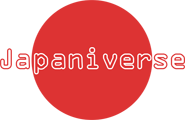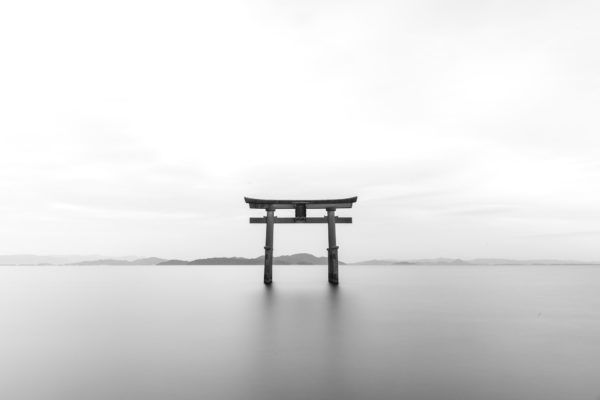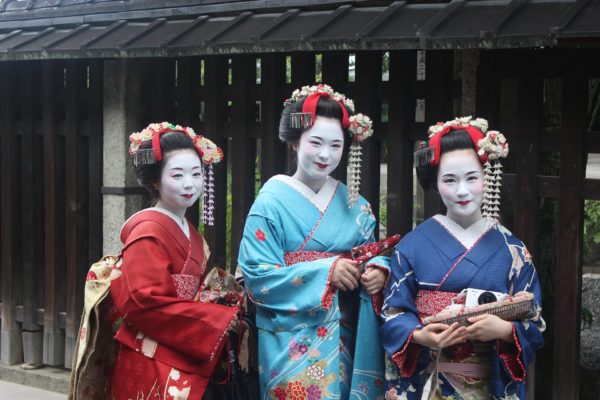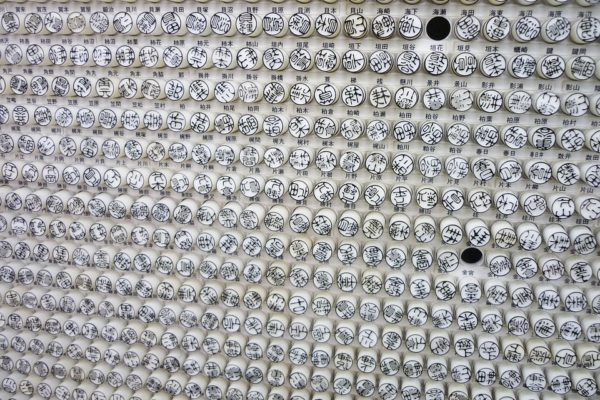Japan is a big country with a long list of beautiful historical, cultural, and modern attractions. If going there for the first time, it is highly recommended to start in Tokyo, the country’s capital, as the city and its surroundings are abundant with all sorts of sightseeing spots that will guarantee a fun and memorable trip in such a limited vacation time. Below is a sample week-long itinerary:
Day 1 – Arrival at Narita International Airport
Narita International Airport is approximately an hour to an hour and a half away by train from central Tokyo, and offers the following public transportation options for tourists:
- JR Narita Express – This is the most convenient way to get from the airport to Tokyo Station. A one-way ride takes about an hour and costs 3,000 yen.
- JR Sobu Line – A one-way ticket on the JR Sobu Line from Narita Airport to Tokyo costs 1,320 yen, and takes approximately an hour and half.
- Keisei Limited Express – The one-way journey from the airport to Nippori Station is approximately one hour and fifteen minutes long, and costs 1,030 yen.
- Keisei Skyliner – This line is a faster but more expensive version of the Keisei Limited Express. The one-way trip takes only 55 minutes, and a ticket costs more, at 2,200 yen.
- Buses – There are several bus services that link the airport to Tokyo, and a one-way journey costs from 1,000 yen to 3,100 yen, and takes about an hour and a half.
Once in Tokyo, head to Shinjuku and drop by the Tokyo Metropolitan Government Building to get panoramic views of the city via the observatories on the twin towers 45th floors, free of charge.
Afterwards, check out Shinjuku’s amazing nightlife by visiting the many restaurants, clubs, bars, pachinko parlours, karaoke bars, and various other entertainment establishments in Kabukicho, Golden Gai, and Omoide Yokocho.
Day 2 – Experience ancient and historical Japan in Ueno and Asakusa
Just a few minutes’ walk from Ueno Station, Ueno Park is home to a number of temples and shrines, such as the Kaneiji Temple and the Toshogu Shrine; museums, like the Tokyo National Museum, the Tokyo Metropolitan Art Museum, and the Shitamachi Museum; and the Ueno Zoo.
Also in the vicinity is the Ameyoko shopping street, which offers numerous shops and stores that sell a wide selection of Japanese sweets, candies, snacks, and condiments, as well as clothes, cosmetics, bags, and electronics.
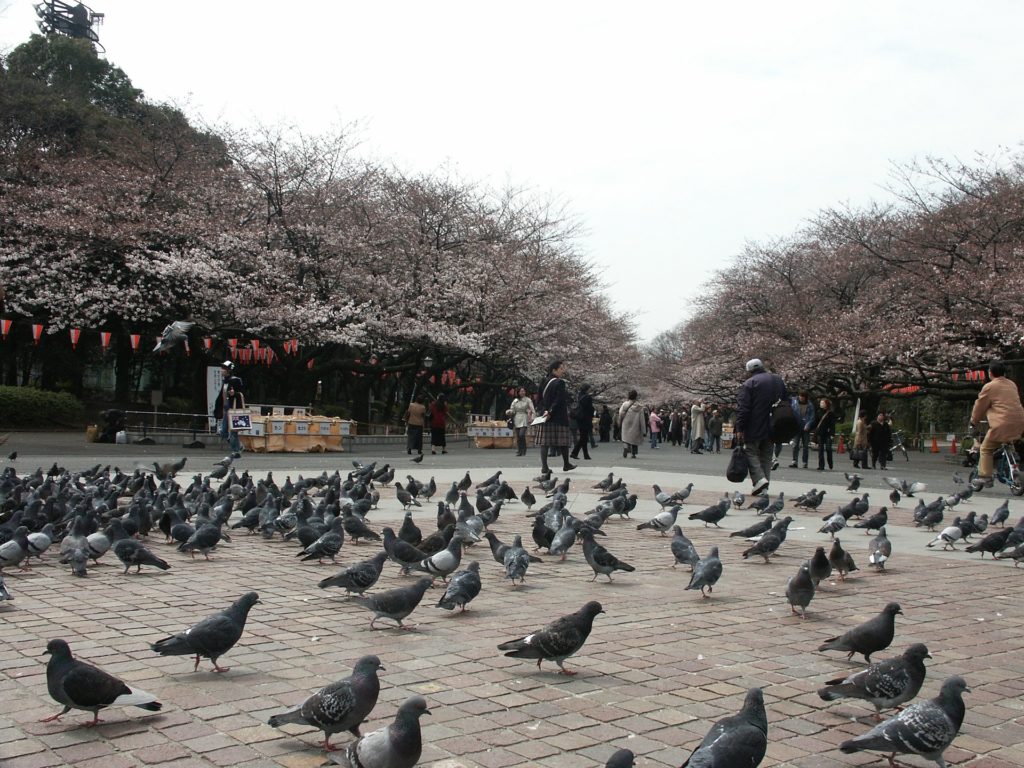
One subway stop from Ueno Station is Asakusa Station, where the 7th century Sensoji Temple is just a short walk away via the Nakamise shopping street, which is a haven of traditional Japanese snacks and souvenirs.
End the day with stunning views of Tokyo at night atop Tokyo Skytree’s 350-to-450-metre-high observation decks. From Sensoji Temple, Japan’s tallest structure is a pleasant 20-minute stroll across Sumida River.
Day 3 – Explore Shibuya and its surroundings
Shibuya is one of the most active and vibrant districts of Tokyo. It is known for its many malls and department stores, and the Shibuya pedestrian crossing and the Hachiko statue, both of which are found right outside Shibuya train station.
Harajuku, which is about 20 minutes away on foot, has the iconic Meiji Shrine, a popular venue for hatsumode every New Year. It also boasts of several shopping attractions, particularly Takeshita Street, which offers shops and boutiques that cater to the younger crowd; and Omotesando, which is often described as the Japanese Champs-Elysees and has numerous high-end fashion stores.
Yoyogi Park, which is among Tokyo’s most popular cherry blossom and autumn foliage spots, is only five minutes on foot and offers a large and tranquil green space for some relaxation to end a hectic sightseeing day.
Day 4 – Day trip to Lake Kawaguchiko
For gorgeous views of Mount Fuji and the Fuji Five Lakes, a day trip to Lake Kawaguchiko is highly recommended. From Tokyo, the following are a couple of transportation options to conveniently access it:
- Bus – There are buses that leave from Shinjuku Station, Shibuya Station, and Tokyo Station to Lake Kawaguchiko. A one-way trip is about two hours long, and costs less than 2,000 yen. Timetables, fares, tickets, and other information are available on these websites: Fujikyuko Bus and Japan Bus Online.
- JR Chuo Line – Get on the JR Chuo Line going to Otsuki Station, and then transfer to the Fujikyu Railway Line going to Kawaguchiko Station. A one-way trip takes about two hours and costs around 2,500 yen. More information on how to access the area is available here: Fujikyu Railway Access Guide.
To get around Kawaguchiko, you may rent a car or a bike, or use the retro buses, regular buses, and the Fujikko Bus Line. More information on the bus services available in the Lake Kawaguchiko region is found here: Retro Bus and Fujikko-go Bus.
Day 5 – Day trip to Kamakura
For some more nature adventures, head to Kamakura, an old, coastal town located in Kanagawa Prefecture, about an hour from downtown Tokyo.
(The Great Buddha in Kamakura – Source: https://pixabay.com/en/kamakura-kotoku-big-buddha-956449/)
It has several important historical landmarks, including the Great Buddha, a giant 13th century bronze statue; the Hase-dera, a Buddhist temple built in the early 8th century; and the Hachimangu Shrine, the town’s most important shrine founded in the beginning of 11th century. It also offers scenic hiking trails and fine sand beaches.
To get to Kamakura from Tokyo, you may take any of the following options:
- JR Shonan Shinjuku Line – A direct trip from Shinjuku Station to Kamakura Station costs 920 yen and takes around an hour.
- JR Yokosuka Line – A one-way journey between Tokyo Station and Kamakura Station costs 920 yen, and takes less than an hour.
For convenient access to and getting around Kamakura, look into getting either a Kamakura Enoshima Pass or an Enoshima Kamakura Free Pass.
Day 6 – Shopping in Akihabara, Ginza, and Odaiba
Spend your last full day in Tokyo shopping for gifts and souvenirs.
For fans of anime and manga, Akihabara is the best place to visit, as it is the ultimate otaku paradise, with an abundance of manga, anime, games, and electronics shops. Ginza, meanwhile, is perfect for those looking for luxury and upscale brands.
Odaiba is best experienced at night, with several shopping, dining, and entertainment options. It is also where you can find the life-size giant Gundam statue, and the hot spring theme park called Oedo Onsen Monogatari.
Day 7 – Early morning trip to Tsukiji Fish Market before flying out of Japan
If your flight does not leave until late in the afternoon, consider waking up early in the morning to attend the tuna auction at Tsukiji Fish Market, which is located a short walk from Tsukiji Shijo Station along the Oedo Subway Line.
Every day, the auction opens its doors to only 120 visitors. The first group of 60 visitors get to witness the event at 5:25 am, and then the next group at 5:50 am. How to reserve slots and other information are available here: Tsukiji Market Tuna Auction Visitors’ Rules.
The market also has shops and restaurants that offer fresh sushi and other seafood.
To not miss your flight, make sure to catch a train or bus headed to Narita International Airport four to five hours before your flight departure time.
